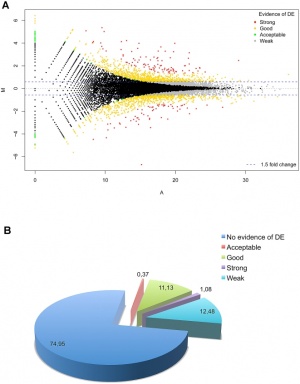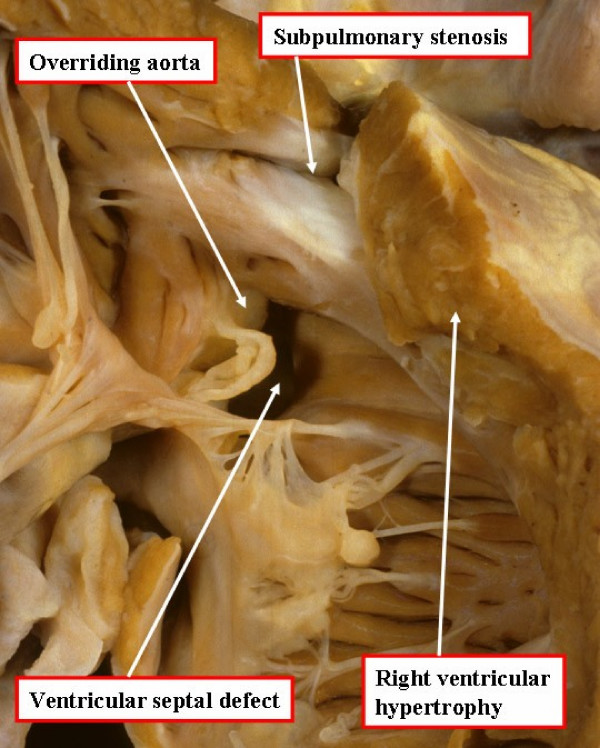User:Z3290841
-Z3290841 09:37, 30 July 2011 (EST)
Lab 1 Assessment
Identify the origin of In Vitro Fertilization (IVF) and the 2010 nobel prize winner associated with this technique
Origin of IVF
Studies and experiments about IVF have been going for more than a hundred years now. The first experiments and studies could date as far back as 1878, which involved the fertilisation of mammalian eggs in vitro, but were all unsuccessful. The source of this problem is the lack of knowledge about the need for egg cell maturation, sperm cell capacitation, and the correct media and condition for fertilisation. It was not until Austin and Chang coined and postulated sperm capacitaion that the technology produce more successful results.
Robert Edwards
He was the Nobel Prize laureate in 2010 in Physiology or Medicine for his contribution to the development of in vitro fertilisation. His work involved the development of a human culture media that allowed fertilisation and early embryo culture.
Identify a recent paper on fertilisation and describe its key findings
Terada Y, Hasegawa H, Ugajin T, Murakami T, Yaegashi N, Okamura K.(2009).Microtubule organization during human parthenogenesis.Fertility and Sterility, 91(4), 1271-2. Retrieved from http://www.ncbi.nlm.nih.gov/pubmed/18706544
The key finding of the experiment that they did was the presence of multiple microtubule organising centre (MTOC) in human oocyte cytoplasm during parthenogenesis, which was previously only known to have been produced by the sperm centrosome in human fertilisation.
Identify 2 congenital anomalies
- Arterial Septal Defect - type of congenital heart defect, whereby the blood flow between the left and right atria is through the interatrial septum
- Spina Bifida - type of developmental congenital disorder, whereby there is an incomplete closing of the embryonic neural tube.
--Mark Hill 09:57, 3 August 2011 (EST) These answers are fine.
--z3290841 11:52, 4 August 2011 (EST)
Lab 2 Assessment
Identify the ZP protein that spermatozoa binds and how is this changed (altered) after fertilisation
Zona Pellucida Protein 3 (ZP3) is the glycoprotein where spermatozoa binds to, triggering an acrosome reaction that releases lytic enzymes, like acrosin and glycosidases. This aids in the movement of the sperm through Zona Pellucida. The ZP3 protein losses its ability to induce acrosome reaction and receive sperms once fertilisation occurs.
I did research on Cystic fibrosis and these are the 2 articles that I found that explains a lot about the disease, and the genetic research on it.
Review Article:
Cystic Fibrosis: Seminar
Description: This is basically outlining the pathophysiology of the disease, disease manifestation,current treatments diagnostic tool.
Ratjen F & Doring G.(2003).Cystic Fibrosis: Seminar.The Lancet, 361, 681-9. Retrieved from http://www.sciencedirect.com/science/article/pii/S0140673603125676
Research Article:
Gene expression profile study in CFTR mutated bronchial cell lines
Description: This article provides information about the severity of gene expression in relation of the extent or type of mutation.
Gambardella S, Biancolella M, D'Apice M, Amati F, Sangiuolo F, Farcomenti A, Chillemi G, Bueno S, Desideri A & Novelli G.(2006).Gene expression profile study in CFTR mutated bronchial cell lines.Clinical and Experimental Medicine , 6, 157-65. Retrieved from http://proquest.umi.com/pqdlink?Ver=1&Exp=08-05-2016&FMT=7&DID=1187181501&RQT=309&cfc=1
--z3290841 20:05, 10 August 2011 (EST)
--z3290841 11:10, 11 August 2011 (EST)
Lab 3 Assessment
What is the maternal dietary requirement for late neural development
Iodine
Dietary Requirement = 0.22 mg daily
Food Source = Seafood and iodized salt
Role = Important in the production of maternal thyroid hormone, which is not only needed by the mother but also by the developing fetus. This is because of its role in neuronal migration and myelination. Lack of iodine, thus thyroid hormone, may lead to cretinism, which is a syndrome characterised by permanent brain damage and mental retardation.
For more information see: http://www.pronutrition.org/files/MaternalNutritionDietaryGuide.pdf
Omega-3 fatty acid DHA
Dietary Requirement > 300 mg daily
Food Source = pink salmon, white tuna
Role = an essential fatty acid that promotes neural stem cell differentiation into neurons. This is by prompting cell cycle exit and suppressing cell death
Folic Acid
Dietary Requirement = 0.4 mg daily
Food source = dark green leafy vegetables, breakfast cereals, beans (legumes), whole grains
Role = Consumption reduces the risk of infant neural tube defects because it is an essential component for producing follate which is needed in DNA synthesis.
Zinc
Dietary Requirement > 11 mg daily
Food Source = Organ meats, red meat, poultry, whole fish
Role = It is said to have a role in the absorption of folic acid, thus lack of it may also lead to neural tube defects.
Upload a picture relating to you group project
Tetralogy of Fallot
--z3290841 11:14, 15 August 2011 (EST)
--z3290841 12:59, 18 August 2011 (EST)
Lab 4 Assessment
The allantois, identified in the placental cord, is continuous with what anatomical structure
The allantois arises from the posterior part of the yolk sac. After the development of the hind-gut, around week 4-5, it is continuous with the cloaca, which is the terminal part of the hind-gut. It also moves closer to the umbilical vessels and becomes part of the umbilical cord.
Identify the 3 vascular shunts, and their location, in the embryonic circulation
- Ductus Venosus - connects the portal and umbilical veins to the inferior vena cava
- Ductus Arteriosus - connects pulmonary trunk to aorta
- Foramen Ovale - connects right and left atrium
Identify the Group project sub-section that you will be researching
- Introduction
- History
- Epidemiology
- Signs and Symptoms
- Genetics/Aetiology
- Pathophysiology and Abnormalities
- Diagnostic Tests
- Treatment/Management
- Prognosis
- Future Directions
- References
--z3290841 08:40, 24 August 2011 (EST)
--z3290841 12:49, 25 August 2011 (EST)
Lab 5 Assessment
Which side (L/R) is most common for diaphragmatic hernia and why
One of the developmental abnormalities of the diaphragm is Congenital Diaphragmatic Hernia (CDH), and a left sided Bochdalek hernia is the most common type of the abnormality. This means that the herniation occurs at the postero-lateral area of the diaphragm. The early closure of the right pluroperitoneal opening might be the cause as to why a left-sided CDH is more common.
--z3290841 08:20, 1 September 2011 (EST)

